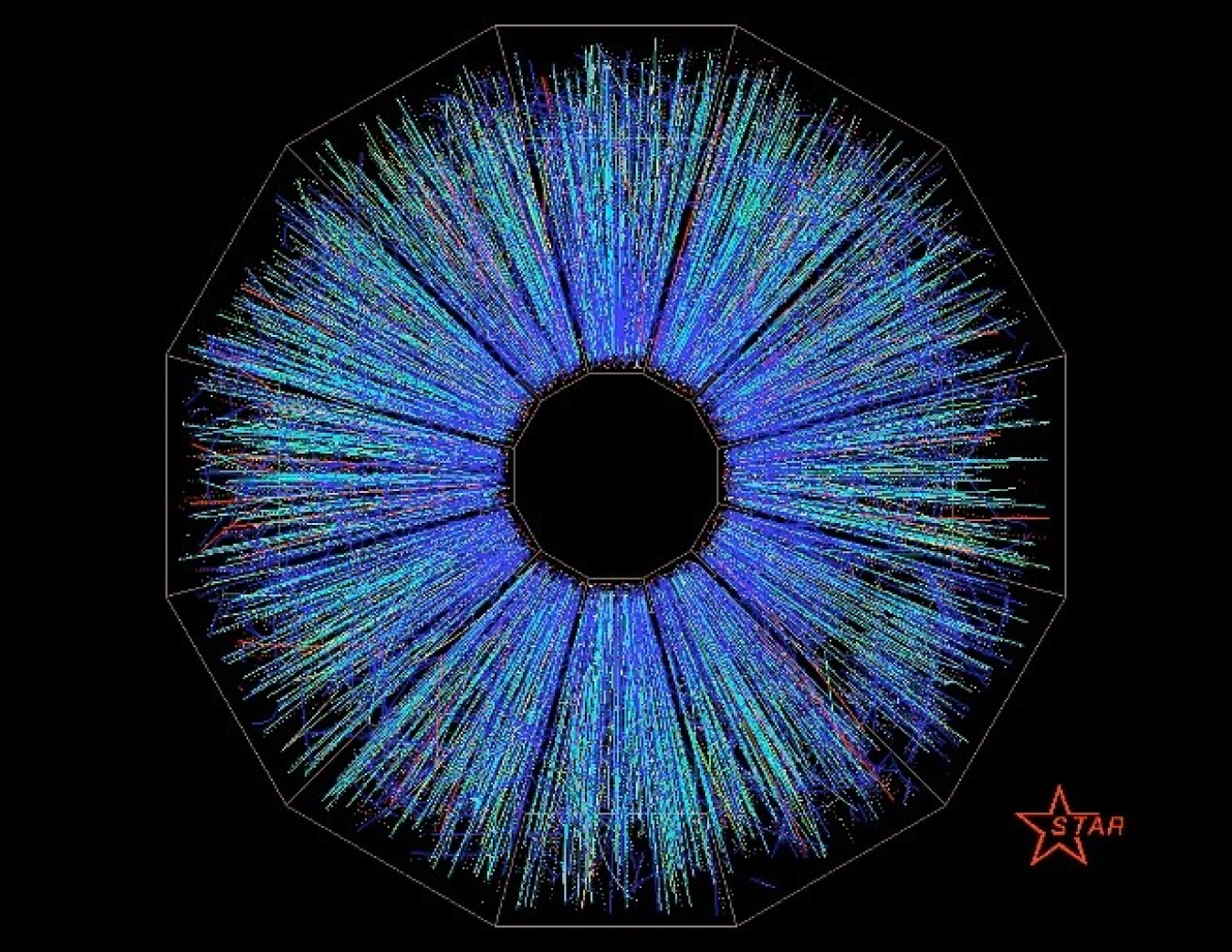In the grand symphony of the cosmos, quarks and gluons play an essential role as the fundamental constituents of matter. The universe as we know it is built upon the tiniest building blocks, and at the heart of these interactions lies the strongest bond known to physics. This intricate connection is governed by the principles of quantum chromodynamics (QCD), a theory that elucidates how quarks and gluons interact under the aegis of the strong force. To better understand what binds quarks together, we must delve into the nuances of their relationships, the particles that mediate these interactions, and the magnificent complexities that define our reality.
Quarks are elementary particles that combine to form protons and neutrons, the heart of atomic nuclei. Each quark possesses a property known as “color charge,” which is key to their interactions. Unlike the familiar colors we perceive in everyday life, the color charge in particle physics refers to three distinct types: red, green, and blue. Much like a painter employs a palette of colors to create a masterpiece, quarks combine their color charges to achieve a harmonious balance. However, this is merely the beginning of the exotic journey through the world of subatomic particles.
The true architects of the bond that glues quarks together are gluons, the gauge bosons of the strong force. Gluons are massless particles that mediate the interactions between quarks, akin to an invisible adhesive that keeps our proverbial mosaic intact. They carry the color charge, which means gluons can interact with quarks not just by exerting force but by altering their color states. This dynamic interplay is best conceptualized through the metaphor of a dance, with gluons as the choreographers guiding quarks in an intricate ballet of attraction and repulsion.
Unlike electromagnetism, where like charges repel and opposite charges attract, the strong force exhibits a unique behavior: it becomes more powerful as quarks attempt to move apart. This phenomenon, known as “confinement,” ensures that quarks never exist in isolation; they are perpetually bound within larger particles. Attempting to separate quarks requires an immense amount of energy—so much so that new quark-antiquark pairs are created before an isolated quark can be liberated from its partner. This marital bond is a testament to the strength of the force governing the universe.
Now, one might wonder how exactly this bond can be characterized. In the realm of particle physics, the concept of “asymptotic freedom” emerges as a pivotal attribute of the strong force. As quarks approach one another, their interactions become weaker. This counterintuitive behavior can be likened to a pair of dancers moving closer—rather than colliding, they gracefully allow their movements to flow together. At infinitesimal distances, quarks essentially glide through the quantum landscape with great ease, illustrating the bizarre nature of forces that dictate their behaviors.
The phenomenon of confinement further emphasizes the surreal attributes of the quantum world. As quarks are drawn together, the energy required to separate them grows exponentially. It is as though an invisible string is drawn taut between them; the more one pulls, the more resistant the bond becomes. This principle is entirely counter to everyday experiences; in our macrocosmic surroundings, forces diminish with distance. However, in the subatomic realm, the strong force intensifies, revealing the puzzling intricacies woven into the fabric of reality.
Additionally, the role of the strong force extends beyond mere quark-gluon interactions; it governs the stability of atomic nuclei. When protons and neutrons come together, the strong force acts as a cohesive agent, overcoming the electromagnetic repulsion between positively charged protons. This intricate balance is akin to a group of friends, where each individual strengthens the others; their collective presence nurtures an environment of stability amidst potential chaos.
The implications of these interactions are profound. Baryons, which consist of three quarks, and mesons, which consist of a quark and an antiquark, exemplify the various configurations arising from quark combinations. Each arrangement concedes distinct properties and behaviors, leading to the diverse array of particles that populate our universe. Through the lens of QCD, one can appreciate the complexity and richness of the subatomic realm, unveiling a tapestry woven with quarks and gluons.
Furthermore, the study of these particles and their interactions enriches our understanding of the fundamental forces that govern the universe. From the genesis of stars to the behavior of the elements essential for life, quarks and gluons underpin the very structure of existence. Every atom that makes up our bodies and surroundings is interlaced with their story. By probing deeper into these connections, researchers embark on an endeavor that transcends disciplines, capturing the imaginations of physicists, philosophers, and dreamers alike.
In conclusion, the bond that glues quarks together is a remarkable manifestation of nature’s intricacy and strength. The magnificent interplay between quarks and gluons not only elucidates the foundations of matter but also invites us to ponder the cosmos’s enigmatic properties. As we continue to explore the microcosm, we unveil layers of reality previously obscured, challenging our perceptions and broadening the horizons of human understanding. In this vast universe, quarks and gluons remain eternal collaborators, eternally engaged in the sublime dance that forms the essence of all that exists.








